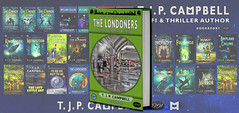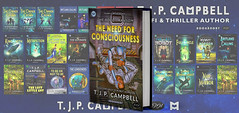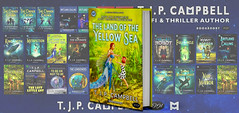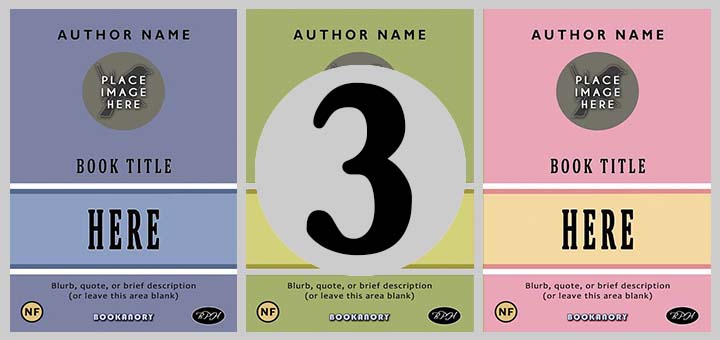HOW TO CREATE AND DESIGN COMMON BOOK COVER IMAGES: PART 2. SCI-FI CHARACTERS.

Welcome to Part 2 of my three articles on how to choose, create and design popular book cover images in the sci-fi and dystopian genres. In this article we will concentrate on sci-fi and dystopian characters. The main characters would be: robots/androids/cyborgs, aliens, humans and aliens in spacesuits (such as astronauts), humans and aliens with prosthetics and implants, humans in futuristic clothing or settings and dystopian characters and zombies.
To get started, let’s have a look at some characters on some bestselling sci-fi and dystopian novels:
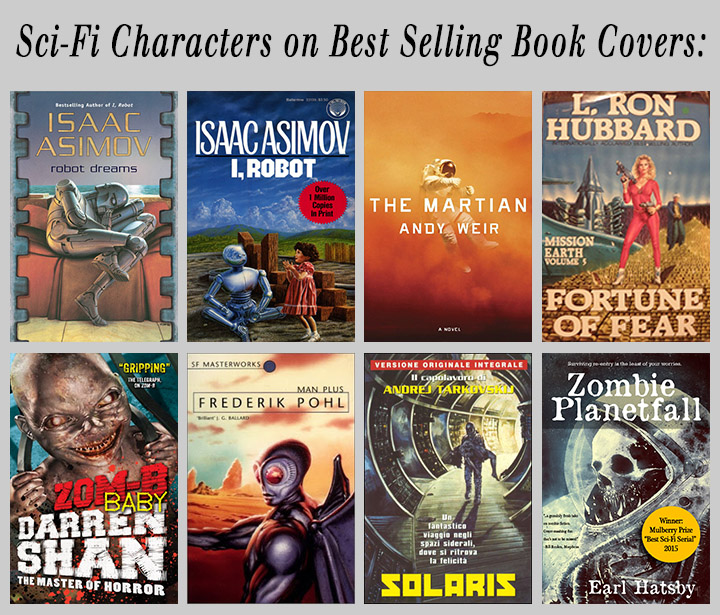
And next, I show some of these characters as I have used them on my own book covers:
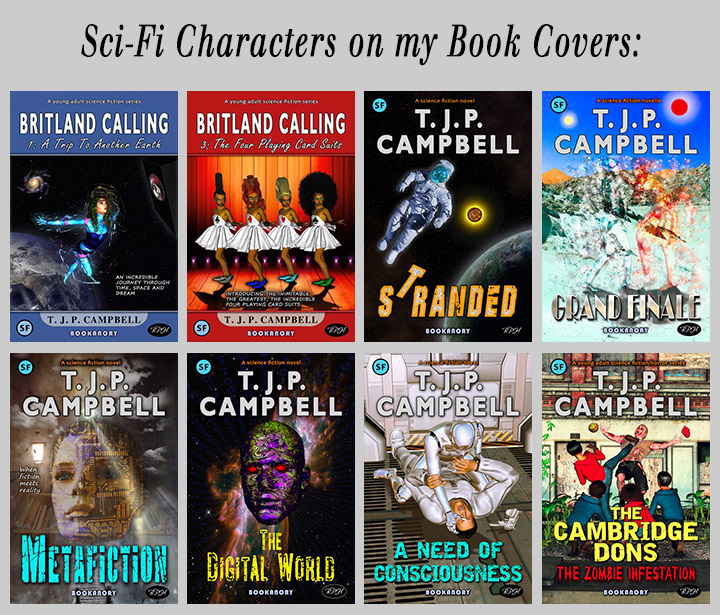
These characters will be difficult and expensive to make if you try to photograph real people (dressed as robots, zombies, astronauts and so on). You could do it with real characters as movies do, but for book covers, that would be overkill and unnecessary. If you look at even the bestselling sci-fi books, their covers will almost always feature drawn characters, or 3-D modeled characters. I can draw my characters, but I usually prefer to use DAZ/Poser 3-D characters and I will sometimes draw or manipulate on these characters to suit the book cover and to make my characters unique. Five of the my book covers above used DAZ 3-D characters. Recently, I have found myself cropping out my characters and compositing them into real scenes. Here, the art is either to get the 3-D characters to look more alive and photo-realistic, or to make the real scenery and architecture less real.
Let me show you an example of where I made a real photograph blend in with my DAZ 3-D characters, which I also made more like drawings than 3-D models. Below is my book cover from a YA series, The Mollies in the episode titled End Daze:
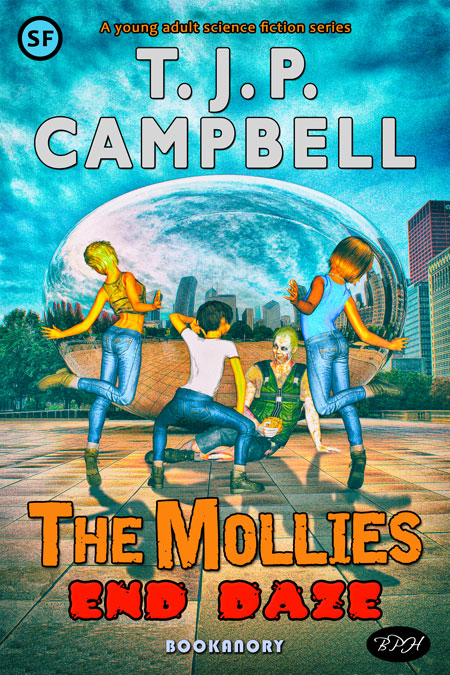
I created the scene of the three dancers and the mesmerised zombie in Chicago by cropping the DAZ 3-D characters and blending them in with the photograph below. If you look closely, you’ll see I have filtered and drawn over the photograph to make it look entirely hand-drawn. I changed the pattern of the paving stones and subtle changes like that, to make a more “perfect” picture.
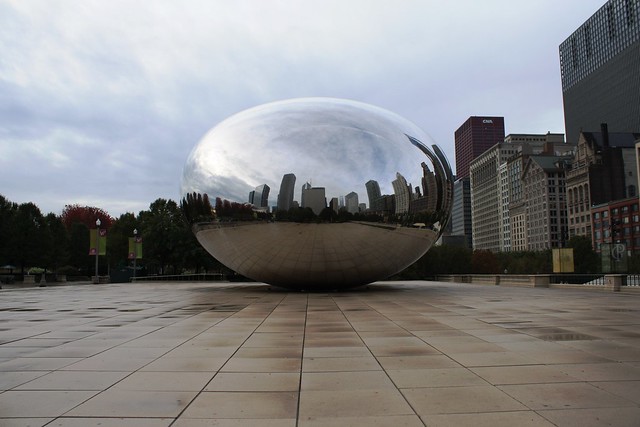
Photoshop has filters that allow a photograph to be filtered and transformed into a cartoon/drawing/painting but it cannot do it perfectly. So to use such filters for professional results on your book covers, you must be able to draw and crop well on photoshop. It all comes down to artistic ability and practice.
Usually, the main practice is to make the 3-D characters look more realistic (the opposite to the strategy used above). You can achieve this with various techniques such as replacing clothing with real clothing, adding dirt, grime to the characters. The face will always be the main challenge, so just take your time. Get the lips, mouth and eyes right with compositing perhaps. That, with real clothing and opportune lighting and shadowing should be convincing enough. Remember, you control the design of the book cover. Make sure you plan the design so that it will be easier for you to manipulate all your composite images. You will need expert use of colour matching among composited images to make the process of combining real and virtual a success. Below shows the basic stages I made before reaching the finished product. Although the fourth stage could have been seen as a finished book cover image, I decided it did not suit the emotion of a dystopian genre. That’s why I added the moodier sky and the grainy effect.
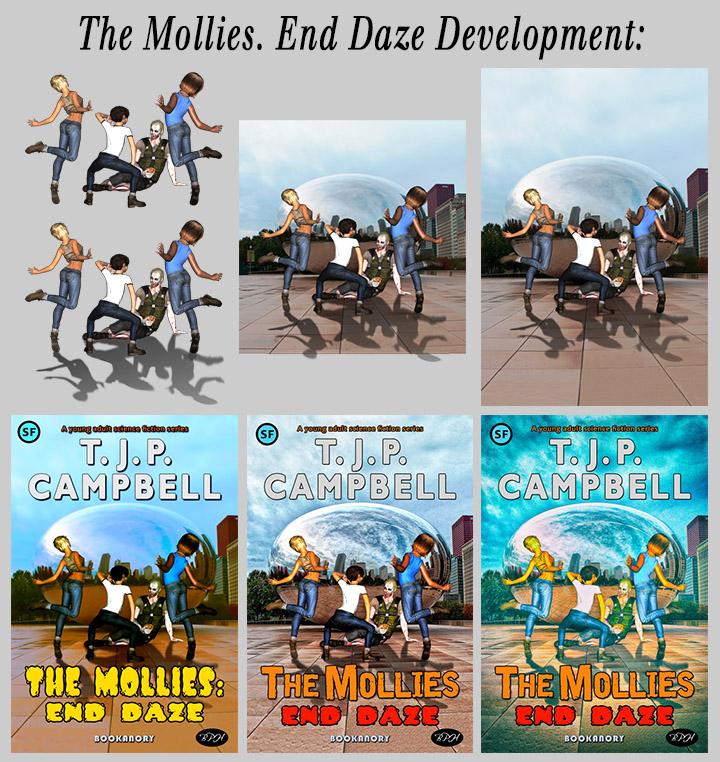
Below is an example where I took two characters from DAZ-3-D and cropped them and blended them into a book cover:

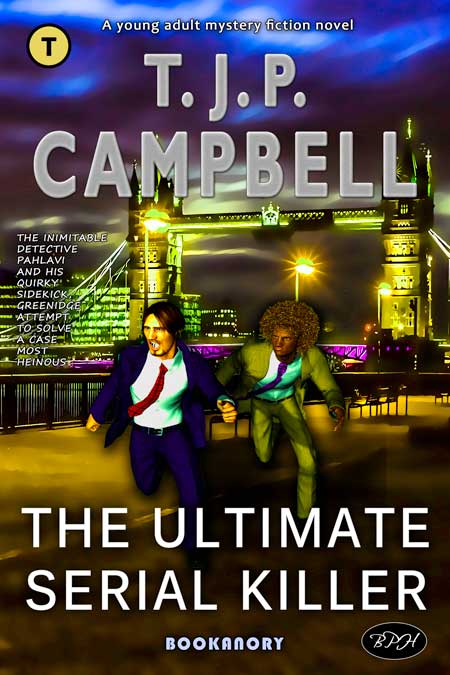
I think the obvious non-realistic characters are acceptable as the book is written in the semi-comedy/detective genre, and is meant for mainly young adults.
Robots and similar characters are easy to find in a 3-D modelling system like DAZ 3-D. And because robots are made of non-living material it follows that they can be blended into a real photographic image with photoshop and mixed with real living characters. Below is a collection of robots. I had to include the female robot, Maria, from 1927’s Metropolis (an incredible design which obviously inspired the golden robot, C-3PO, in Star Wars). Most could be used to create a character for a book cover.

By far the hardest characters to tackle are aliens. I would say merely hint at them on the cover unless you make them human-like (which also makes sense for dramatic writing). All the aliens we see in sci-fi tend to have human characteristics, or at least we interpret their logic through our own humanity. Of course, for great artists, the drawing of an alien can be highly challenging and enjoyable. But make sure the alien you are drawing features in the book.
Astronauts and futuristic fashions are relatively easy to create.
So that’s all I wanted to present in this article as these skills involve the skills of 3-D modeling packages like DAZ 3-D or Poser. This is beyond the scope of my blog (although I have a lot of experience in such modeling). Just be aware that using DAZ 3-D Studio professionally (which is still free) is time consuming and you’ll need a powerful laptop to make it usable. In the next article in this series, PART 3, I will be tackling the use of spacecraft and other such vehicles and machinery on sci-fi covers.






